A few things to know before stealing my 914
Dear Thief,
Welcome to my Porsche 914. I imagine that at this point (having found the door unlocked) your intention is to steal my car. Don’t be encouraged by this; the tumblers sheared off in 1978. I would have locked it up if I could, so don’t think you’re too clever or that I’m too lazy. However, now that you’re in the car, there are a few things you’re going to need to know. First, the battery is disconnected, so slide-hammering my ignition switch is not your first step. I leave the battery disconnected, not to foil hoodlums such as yourself, but because there is a mysterious current drain from the 40-year-old German wiring harness that I can’t locate and/or fix. So, connect the battery first. Good luck finding the engine cover release. Or the engine, for that matter.
Now, you can skip your slide hammer. The ignition switch’s tumblers are so worn that any flat-bladed screwdriver or pair of scissors will do. Don’t tell anyone.
Once you’ve figured that out and try to start the car, you’ll run into some trouble. The car is most likely in reverse gear, given that the parking brake cable froze up sometime during the Carter administration. Since there is not a clutch safety switch on the starting circuit, make sure to press the clutch down before you try to crank the engine. (I don’t want you running into my other car in the driveway.) This is doubly necessary because my starter is too weak to crank the clutch-transmission input shaft assembly with any success.
With the clutch pedal depressed, the engine should turn over fast enough to get things going. But first, you’ll need to press the gas pedal to the floor exactly four times. Not three. Not five. Four. The dual Webers don’t have chokes and you’ll be squirting fuel down the barrels with the accelerator pumps for the necessary priming regime. If you don’t do it right, the car won’t start before the battery gives up the ghost. Consider yourself forewarned.

If you’ve followed along so far, the engine should fire right up. Don’t be fooled—it will die in eight seconds when the priming fuel runs out. Repeat the gas pedal priming procedure, but only pump two times. Deviate from this routine at your own peril.
Now you have the engine running. Make sure the green oil light in the dash goes out. If it does not, you only have about 100 yards to drive before the engine locks up, so be attentive. If all goes well with the oil pressure, you may now attend to the gear shift lever. Some explanation follows.
This is a Porsche 914. It has a mid-engine layout. The transmission is in the far back of the car, and the shift linkage’s main component is a football-field-long steel rod formed loosely in the shape of your lower intestine. Manipulating the gear shift lever will deliver vague suggestions to this rod, which, in turn, will tickle small parts deep within the dark bowels of the transaxle case. It is akin to hitting a bag of gears with a stick, hopefully finding one that works.
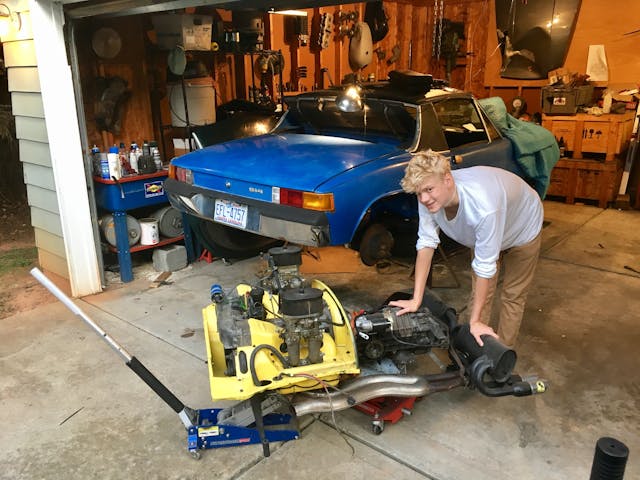
If you are successful in finding first gear (there is a shift pattern printed on the knob; they say German engineers don’t have a sense of humor), congratulations. You may launch the vehicle into motion.
Do not become emboldened by your progress, as you will quickly need to shift to another gear. Ouija boards are more communicative than the shift knob you will be trusting to aid your efforts. Depress the clutch as you would in any car, and pull the knob from its secure location out of first gear. Now you will become adrift in the zone known to early Porsche owners as “Neverland” and your quest will be to find second gear. Prepare yourself for a ten-second-or-so adventure. Do not go straight forward with the shift knob, as you will only find Reverse waiting there to mock you with a shriek of high-speed gear teeth machining themselves into round cylinders. Should you hear this noise, retreat immediately to the only easy spot to find in this transmission: neutral. This is a safe place, no real damage can occur here, but alas, no forward motion will happen either. From this harbor of peace, you can re-attempt to find second, but you may just want to go for any “port in a storm”, given that the traffic behind you is now cheering you on in your quest with vigorous horn-honks of support and encouragement. Most 914 owners at this point pull over to the side of the road and feign answering a cell phone call to a) avoid further humiliation; b) allow traffic to pass; and c) gather the courage for another first gear start. You may choose to do likewise.
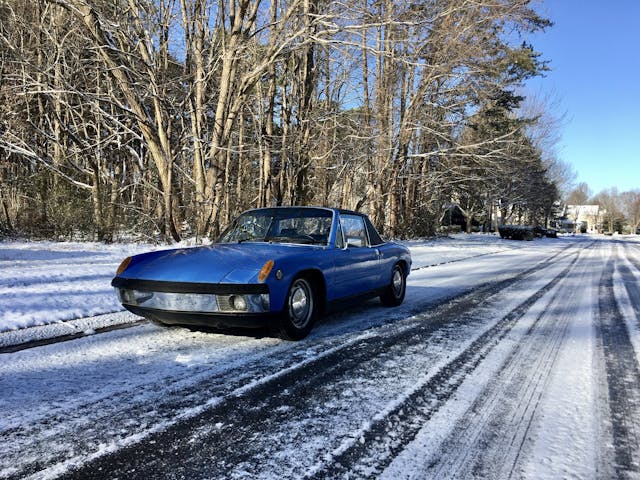
If you press onward without taking a break, you may re-enter first. This is how the car mocks you for your lack of skill, but sometimes it is the only path forward. Once you are ready to again try for second, I can offer some advice. One trick that works is to declutch the transmission, pull the lever from the first-gear position, enter into the aforementioned neutral zone, and then rapidly wig-wag the shift knob side-to-side along a lateral axis. If you move the knob quickly enough, the transmission will be out-smarted and cannot anticipate your next move. It is at this time that you should re-attempt to enter second, and most likely you will do so. Surprise is your best weapon against this transmission.
The move to third should be straightforward, as it’s the only easily-accessible gear in the set. You should now be out of my neighborhood and on the main four-lane road. Third gear will be good for 45 mph, so I would advise you just staying there. Trying to get to fourth gear will only frustrate you and your nearby drivers (see: first-to-second shift).
You don’t need to check for gasoline in the car. It will be full, even though the fuel gauge reads zero. The odometer reads “0”, not because it was reset when I filled the tank, but because it is just broken. Ignore it. If it is night, and it most likely will be, you will need to turn on the lights. I’ll leave it to you to find the switch since I’ve helped a lot so far. Suffice to say that once you get them active, you will find that the seven inch sealed beams from 1971 will only illuminate sufficient roadway for travel below 45 mph. Since you are still in third , this shouldn’t be a problem. Oh, and the lights only work on high beam, so ignore the flashing lights and vulgar gestures from opposing traffic.
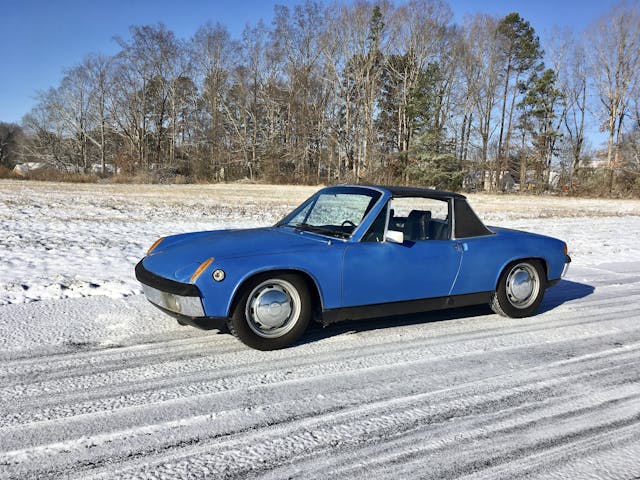
By now you’ve certainly noticed the smell. That is the aroma of Mobil 1 oil being boiled off of long sections of horizontal exhaust pipes, which were cleverly encased by the factory with a second shroud of oil-holding chambers. They filled with oil during my last drive and you are now operating a small thermal refinery that is making light short-chained vaporous hydrocarbons from what was once $8-a-quart oil. They are being conveniently routed to the cabin through carefully formed channels in the heating system, plus the rust holes in the floor provided by Mother Nature herself over the past few decades.
You’ll feel less dizzy if you open a window. But mind that driver’s window does not work, so you’ll have to lean over and roll down the passenger window half-way. I say half-way in a manner that will become apparent once you try to get the window to go all the way down, which it will refuse to do. Instead, simply open the driver’s door slightly and drive along, as I do. Once the oil vapors are exhumed from the cabin, you should start to feel a little better. There is a rag behind the driver’s seat that you can use to wipe the oil film off of the inside of the windshield.
Knowing which road you’re probably on by now, you will be hitting stop lights. Try as hard as you can to not bring the 914 to a stop. The brake system is ideal for this situation, being known more as “scrubbers” than “brakes”. Since you can’t effectively stop the car, use this to your advantage and don’t try. Remember: You certainly don’t want to have to go back into first.
If you have made it within sight of to the highway entrance, don’t get any ideas. The front right wheel is severely bent and the vibration at velocities above 50 mph will crack the windshield and cause the doors to open by themselves. So stay on the surface streets, stoplights notwithstanding.
It may be at this point that you consider abandoning the car to avoid further calamity. There is an Exxon station right before the freeway entrance. The last guy who stole my 914 used this very spot and it was rather convenient for all concerned parties. I suggest you ditch the car there and scope out a nice, reliable Camry to heist.
Norman Garrett was the Concept Engineer for the original Miata back in his days at Mazda’s Southern California Design Studio. He currently teaches automotive engineering classes at UNC-C’s Motorsports Engineering Department in Charlotte, North Carolina and curates his small collection of dysfunctional automobiles and motorcycles.

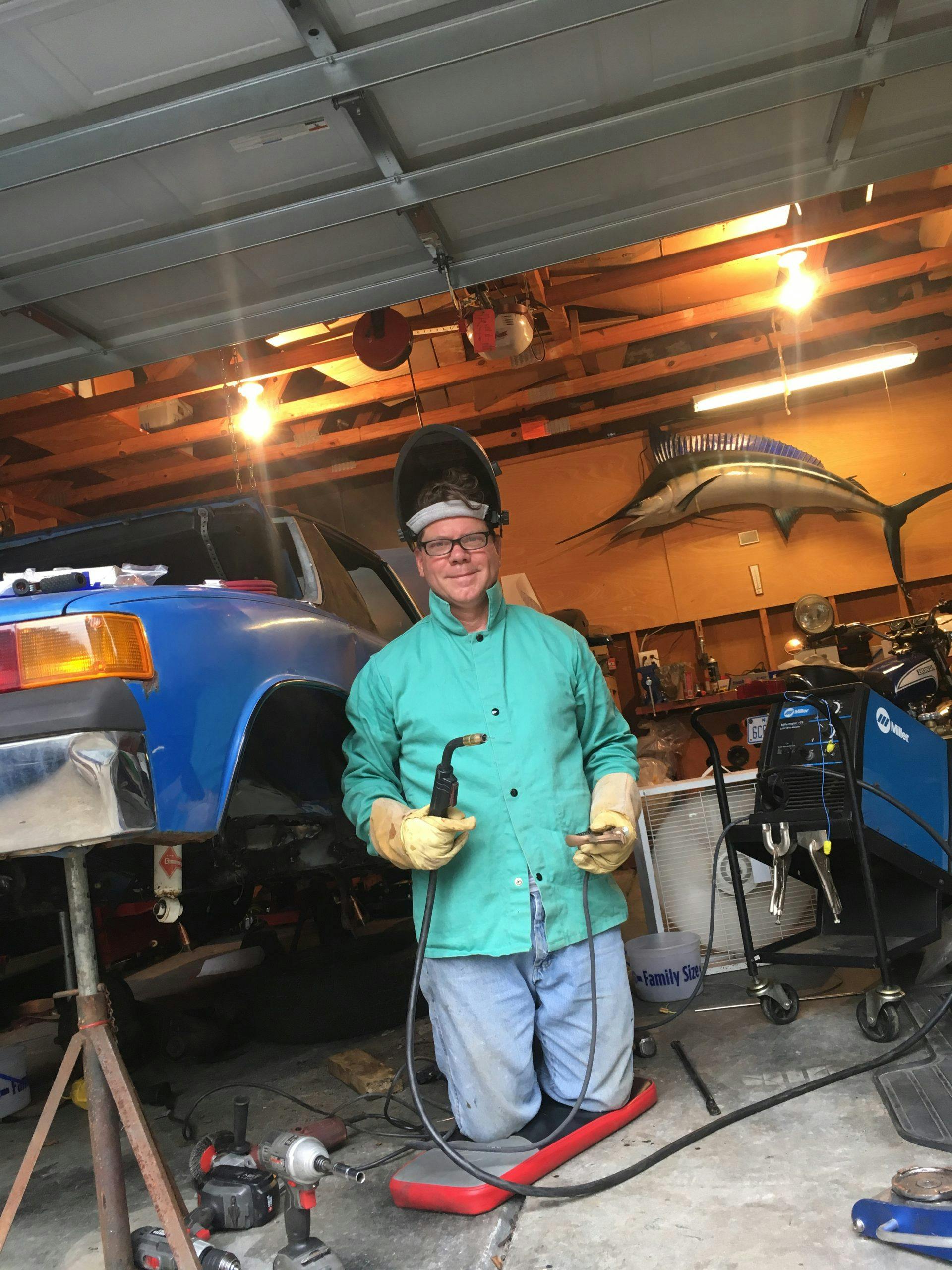
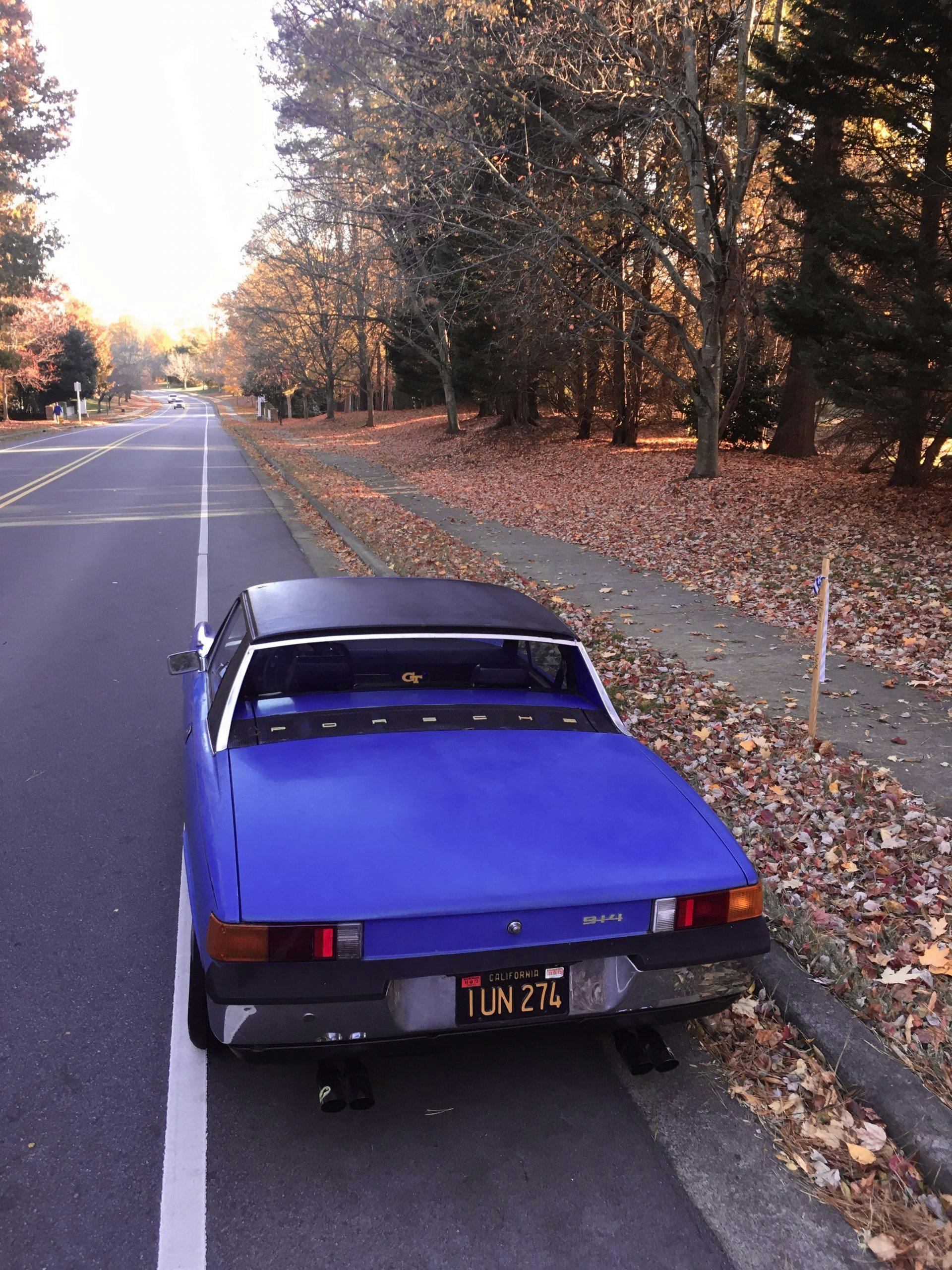
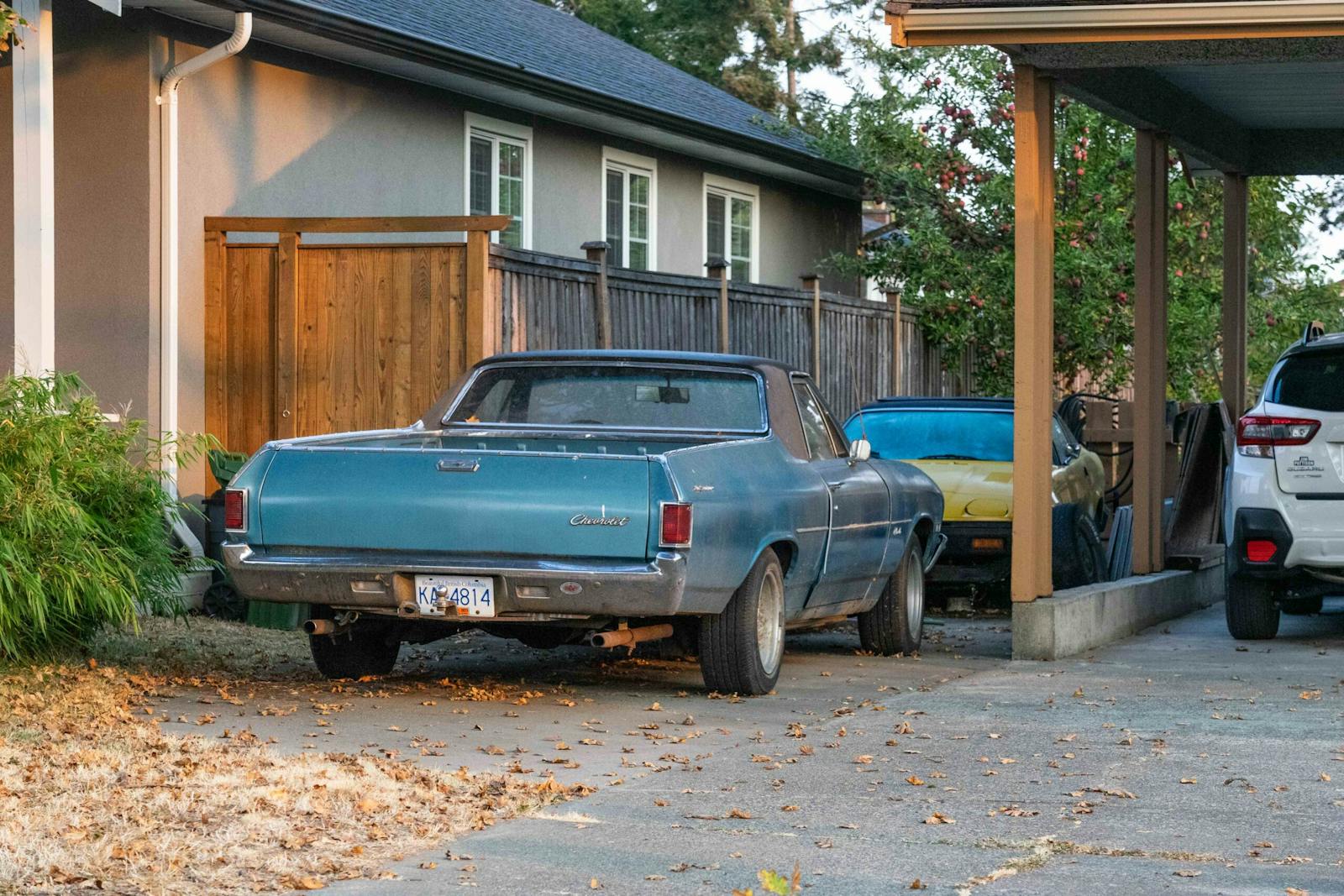
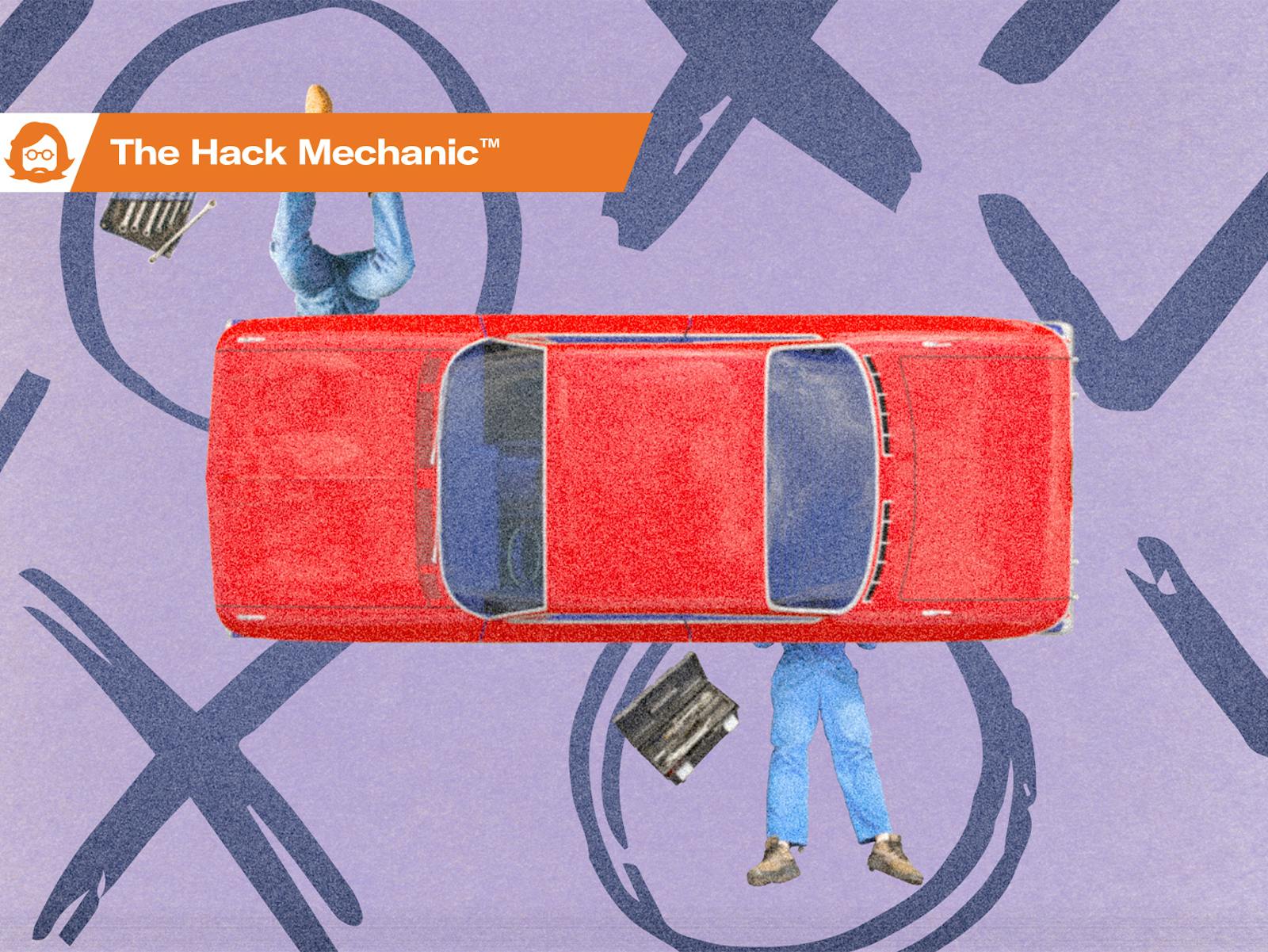
Dear Norman,
I read your letter to a thief and although I have little first hand knowledge of many of the car parts you talked about, we own a ’78 Mini and hang out with people who own European sports cars. For years I have heard tales of breakdowns, costly repairs, rebuilds and hundreds of other little anomalies that these owners, including my husband, (lovingly) deal with on a fairly regular basis. In spite of the cost and frustration of keeping them running, they do, out of sheer appreciation for their foreign built cars, keep on trucking…pardon the pun. : )
I am writing to inform you that I was constantly in stitches while reading your “letter” and had to (literally) stop many times to wipe away the tears. I found it absolutely hilarious and I’m not the foreign car aficionado in the family!!! You have serious talent as a writer, Norman!! I sent your letter on to three of my women friends who, like me, have minimal knowledge of cars and their respective mechanical parts. One has already responded that your article was “crazy funny!”
I normally don’t write replies to things I read online but I wanted you to know that, in these days of pithy abbreviated texts, I have great appreciation for a piece written as well as yours. I suspect that you could make anything funny. Keep up the good work!!
My 1957 Austin Cambridge is 4 on the tree but backwards to American Column shifts, 1st and 2nd close to the windscreen (windshield). The key only turns on the power. Pull out the choke (C) all the way out. The starter knob (S) in on the far right. Pull the knob out for what seems like for ever. It will start but there is no gas in the carburetor, it all drains back to the tank over night. First is good for about 5 mph or pulling stumps, no synchro so best to use 2nd gear to start. Want to check the oil, the release is below the parcel shelf (B) for bonnet. I could go on but anyone with an old English car knows the routine.
I am in tears laughing right now. This is the best story I have read in years. THANK YOU!
I had a 69 Pontiac that was hard to start in winter. I learned to get behind the wheel and start pumping the accelerator, then pull out a cigarette and light it while still pumping, then turn the key. It always started right up. Strange but true.🥶
All I could do is smile while I read the article on the 914. Some of us, but not all of us, have had cars like this in the past. To us, they seem to be very reasonable, and by following a “few” simple rules, these cars were very drivable. I once lent my manual transmission, dual carb, Volvo 144S to a college buddy, and I told him that under no circumstance should he ever use the manual choke once the car was started once on any given day. He did complain when he eventually returned the car that it stranded him for over an hour when he restarted the car after a beer run. When I asked about the restart procedure, he said he did as he was told, by first depressing the clutch, etc etc etc. However, he did not truly understand that he was not to use the manual choke on the restart which causes major engine flooding. Lesson learned – don’t lend your car to anyone, because they just won’t “get it”.
Read this great story all the while feeling very smug about the 2003 Mazda Miata with 29K original miles I bought in late 2022…every thing works like new! Came to the end of the story only to learn it was written by the guy responsible for my Miata’s perfection. No wonder !
My father, may he Rest In Peace, took care of a thief who stole his battery twice from his 1967 Mercury Cougar. When he put the third battery in, he somehow, creatively, fastened razor blades to his hood release.
There was some blood around the car but the battery never disappeared again.
Maybe a bit drastic as some will definitely think but I know there are those that will appreciate my fathers ingenuity to thwart thieving rats once and for all. Miss him a bunch.
old cars like this should get a special anti theft discount… things like electrical drains, funky transmissions, chokes, hand crank starters (ok, prob nobody is going to steal that old of a car)… I’ve had many cars with various quirks that made them very difficult to steal to the uninitiated to the particular quirks.
Best Hagerty article ever! Well done, sir.
That’s great !!!!
Anyone that clean in that garage, staged the whole scene. My $0.02
Gosh. Lucky you. Seems like you had one of the better ones.
Nice writing!
Our you positive that was not my 84 eldorado in a past life, haha! Dude you really love your car and it shows. Hell its small enough make a back porch lounger out of it for football games
Good read. Wouldn’t be nearly as funny if it didn’t hold a whole lot of truth.